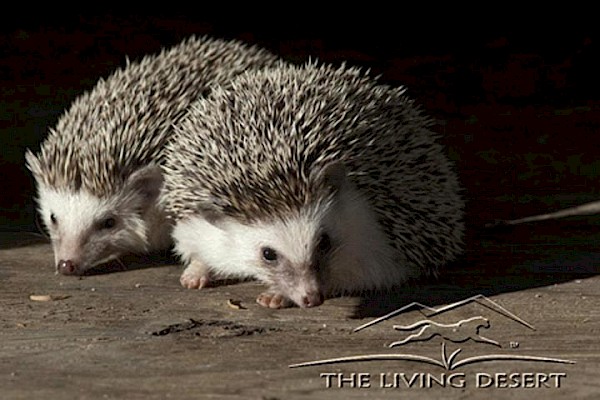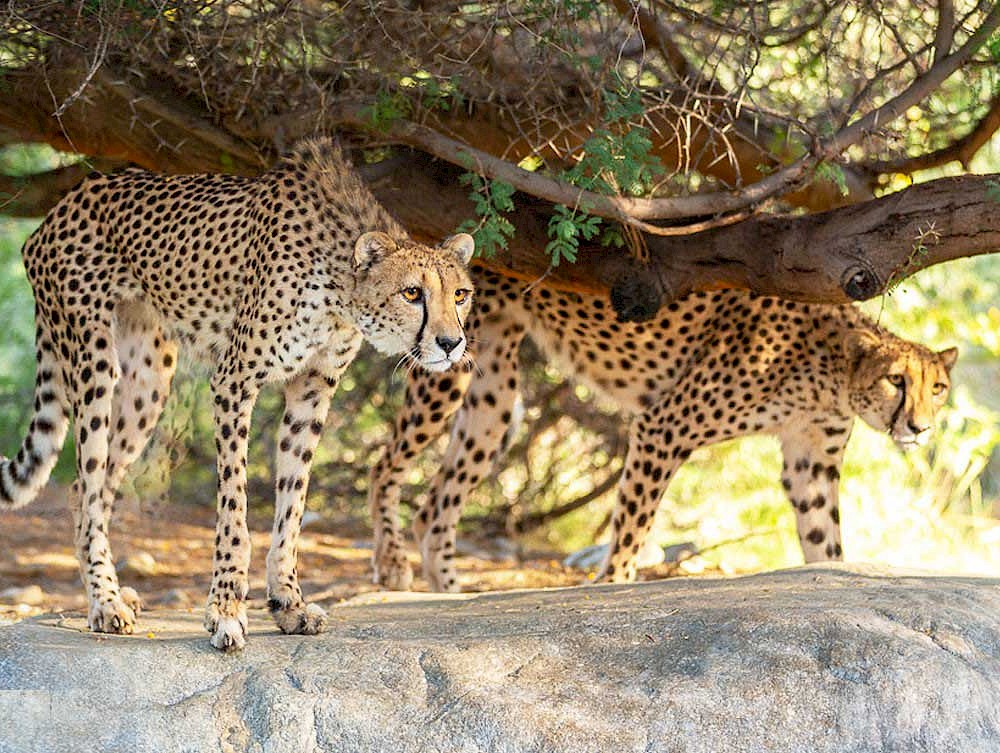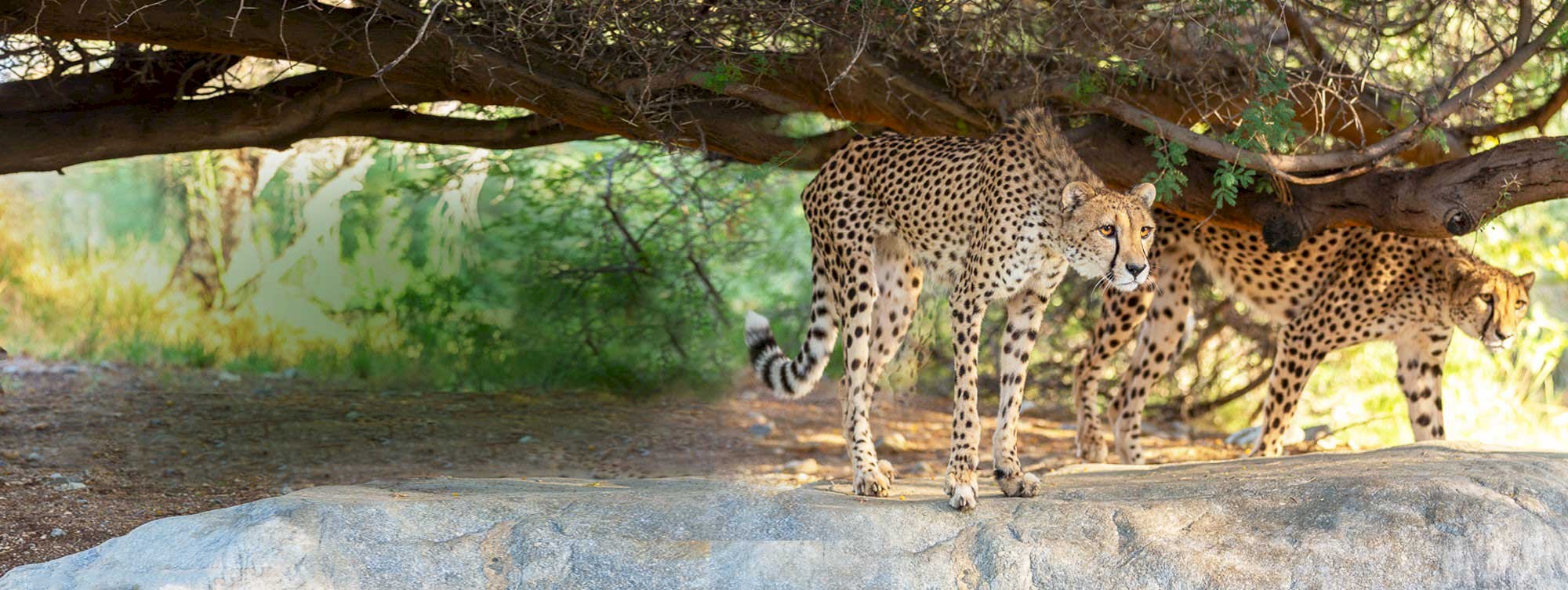

African Pygmy Hedgehog
Atelerix albiventrisFamily
Erinaceidae, the hedgehog family.Conservation Status
Least Concern, IUCN.Range
Southern Saharan Africa.Habitat
They inhabit a variety of climates and terrains and are often found in open country with low-growing vegetation.Highlights
Hedgehogs apply foamy saliva to their quills. This may serve as: an irritant to predators, a natural insect repellent since they are unable to clean their skin well, or an attractant to potential mates.Hedgehogs are small, mole-like animals with about 5,000 rigid, spiny, tan and brown banded (modified) hairs covering the body, and soft, white hair on the underside. Limbs short and tail are very short. They have a long, pointed nose, large ears, and small eyes. Powerful legs and sharp claws are used for excavating burrows. The average length is 4-6 inches and the average weight is ¾ to 1 pound.
Hedgehogs are omnivorous, but are considered insectivores. In the wild they eat insects and other invertebrates, as well as vegetation.
Large owls and raptors with well-protected feet and sharp claws are some of their only natural enemies.
Courtship is an extended ritual. Generally solitary, when hedgehogs meet, there is much growling, snorting and butting of heads. After mating occurs, gestation lasts approximately 35 days. Litters can contain from one to ten young, but usually four or five. Young begin to accompany mother at around six weeks and mature at 61-68 days. Females can give birth several times per year.
When threatened, hedgehogs roll up into a ball with the unprotected belly, legs and head tucked inside and spines pointing out.









